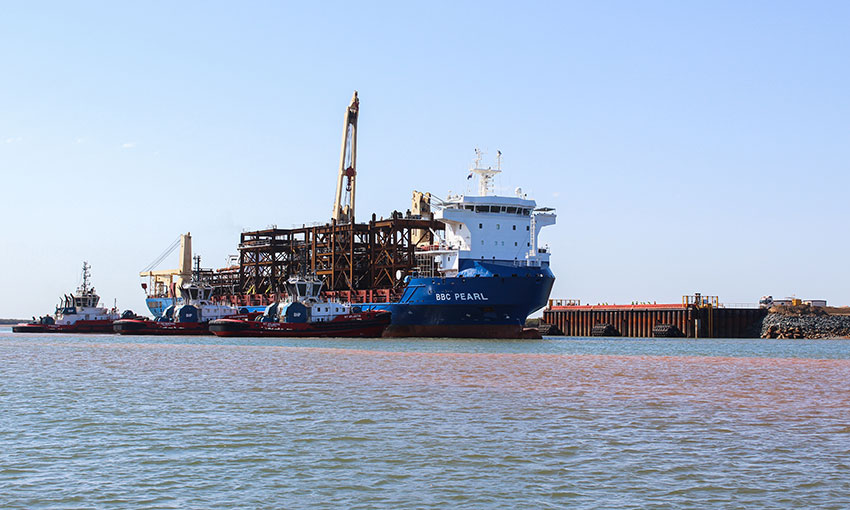THE WESTERN Australian government is investing $78 million in the Lumsden Port development at Port Hedland as part of the 2022-23 State Budget.
A study by economic consultant ACIL Allen found the development of Lumsden Point would increase Australia’s gross state product by $9.5 billion.
The Lumsden Point will facilitate the export of battery metals such as lithium and copper concentrates, the import of renewable energy infrastructure, including wind turbines and blades, as well as support the rapid growth of direct shipping services to the Pilbara.
The upcoming works will include the construction of seawalls to form laydown areas adjacent to the future wharf, as well as a causeway to connect the wharf and laydown area to the proposed logistics hub.
The works will also enable dredging of the berth pocket and turning basin.
Lumsden Point forms part of the recently completed Port of Port Hedland Development Plan Review, which was undertaken in order to maximise export capacity at the port.
Works are expected to start later this year.
WA ports minister Rita Saffioti said the Lumsden Point multi-user facility and logistics hub would facilitate growth to trade through the Pilbara.
“This strategic development will create new export pathways, jobs and revenue streams that will benefit not only the WA community, but Australia as a whole. It will also serve to cement WA’s reputation as the engine room for the Australian economy,” she said.
“I welcome the Commonwealth Government’s acknowledgement, as part of the 2022-23 Commonwealth Budget, of the importance and significance of the Lumsden Point development.”
State member of parliament for the Pilbara Kevin Michel said: “This critical economic infrastructure will also enable the expansion of direct shipping services from Asia to the Pilbara, with the Port of Port Hedland seeing an increase in container volumes over the past 12 months, resulting in lower costs for businesses and consumers.
“Lumsden Point will become the main export pathway from the Pilbara for battery metals and minerals, with growth of lithium and copper concentrates, which are used in the production of electric vehicles,” Mr Michel said.

